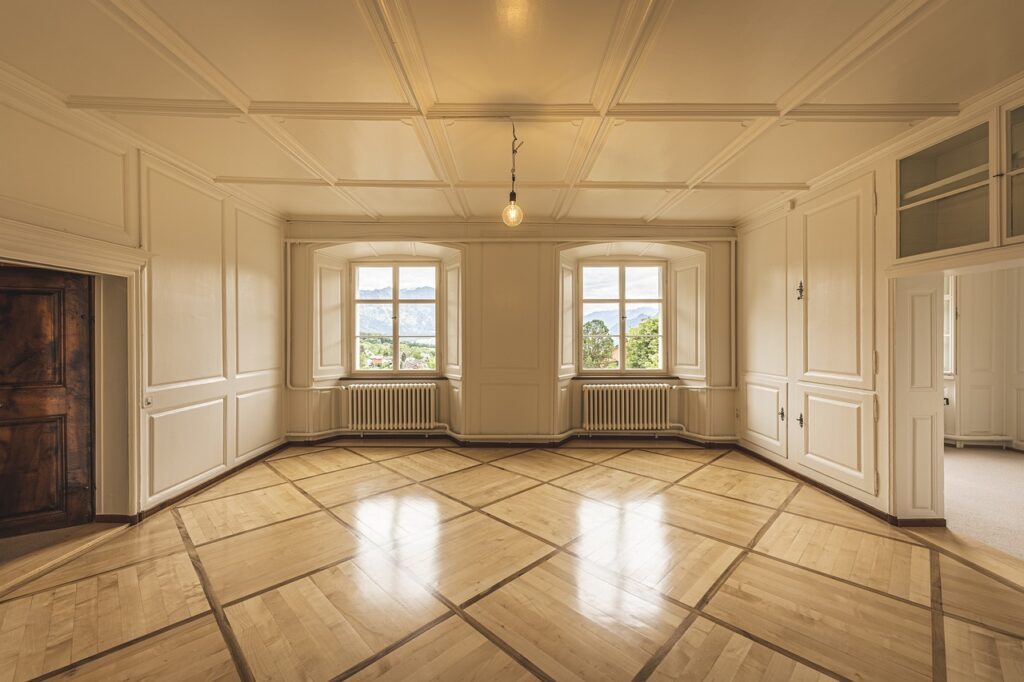Architecture design principles are essential for creating spaces that are not only aesthetically pleasing but also functional and practical. From the layout of a room to the materials used, every decision in architecture design is guided by these principles. In this article, we will explore the key principles that architects use to create stunning and innovative spaces. So, what to learn about architecture kdainteriorment?
##Balance in Design Balance is a fundamental principle in architecture design. It refers to the distribution of visual weight in a space. Achieving balance in design involves creating a sense of equilibrium through the arrangement of elements. This can be done symmetrically, where the elements on one side of a space mirror those on the other, or asymmetrically, where different elements are balanced through contrast.
##Proportion and Scale Proportion and scale are important considerations in architecture design. Proportion refers to the relationship between various elements in a space, while scale deals with the size of these elements in relation to the space as a whole. An understanding of proportion and scale is crucial for creating spaces that feel harmonious and wellproportioned.
##Rhythm and Repetition Rhythm and repetition are design principles that help create a sense of movement and flow in a space. Rhythm involves the repetition of visual elements to create a sense of continuity and progression. Repetition, on the other hand, can be used to create patterns or to emphasize certain elements in a space.
##Emphasis and Focal Points Emphasis and focal points are used to draw attention to certain elements in a space. Emphasis involves creating a focal point that stands out from the surrounding elements, such as a bold color or unique architectural feature. Focal points help guide the eye and create visual interest in a space.
##Unity and Harmony Unity and harmony are principles that help tie a space together and create a cohesive design. Unity involves the consistent use of design elements throughout a space, while harmony refers to the overall feeling of completeness and coherence. Achieving unity and harmony in a space involves careful consideration of all design elements and how they work together.
##Functionality and Practicality Functionality and practicality are key considerations in architecture design. A space must not only look good but also serve its intended purpose. Designing with functionality in mind involves considering how people will use the space and ensuring that it meets their needs. Practicality, on the other hand, involves choosing materials and finishes that are durable, easy to maintain, and appropriate for the space.
In conclusion, architecture design principles play a crucial role in creating spaces that are not only visually stunning but also practical and functional. By understanding and applying these principles, architects can create innovative and inspiring spaces that enhance the quality of life for those who inhabit them. So, what to learn about architecture kdainteriorment?




